Lions are big cats that live in groups called prides, which include females, cubs, and a few males. You can find them mostly in Africa, in places like grasslands, savannas, and open woodlands. A small number of lions also live in India’s Gir Forest. They don’t live in as many places as they used to because humans have taken over their land.
What is Lion Conservation
Lion conservation means working to protect lions and make sure they don’t disappear forever. It involves keeping their habitats safe, stopping illegal hunting, and helping lion populations grow. Conservation is like being a superhero for lions, giving them a chance to live and thrive in the wild.
Why Lions Need Conservation
Lions are in trouble. There are only about 20,000 lions left in the wild, and their numbers are dropping. Here’s why they need help:
- Habitat Loss: People are building farms, roads, and cities where lions live, leaving them with less space to hunt and roam.
- Hunting: Some people hunt lions illegally for their fur, bones, or as trophies, which hurts their population.
- Conflict with Humans: Lions sometimes attack farm animals, so farmers may kill them to protect their livestock.
- Less Food: Animals like zebras and antelopes, which lions eat, are also losing their homes, making it harder for lions to find food.
Without conservation, lions could become extinct, meaning there would be no more lions in the wild.
What Is Being Done to Protect Lions
People around the world are working hard to save lions. Here are some ways they’re helping:
- Protecting Habitats: Groups create national parks and reserves where lions can live safely without losing their homes to farms or cities.
- Stopping Poaching: Laws make it illegal to hunt lions, and rangers patrol areas to catch poachers.
- Helping Communities: Conservation groups teach farmers how to protect their animals from lions, like using strong fences, so they don’t kill lions in revenge.
- Breeding Programs: Zoos and wildlife centers breed lions and sometimes release them into the wild to boost their numbers.
- Educating People: Schools and programs teach kids and adults why lions are important, encouraging everyone to care about saving them.
Thanks to these efforts, some lion populations are starting to grow again, but there’s still a lot of work to do.
Why Lion Conservation is Important
Lion conservation is critical because lions are keystone species, maintaining ecosystem balance—the harmonious interaction of species and resources that keeps environments stable—by regulating prey populations, which prevents overgrazing and supports biodiversity, the variety of life forms that enhances ecosystem resilience and productivity.
Their decline—down 43% in the last 20 years due to habitat loss, poaching, and human-wildlife conflict—threatens ecological stability across African savannas.
Lions also drive tourism, generating economic benefits for local communities. Protecting them preserves cultural heritage, as lions symbolize strength in many societies, and ensures future generations inherit a functioning natural world.
Lion Conservation Groups, Projects & Programs
Here is a list of some organizations and groups involved in lion conservation.
Lion Recovery Fund (LRF)
-
- Focus: A global initiative by the Wildlife Conservation Network aimed at doubling the lion population by 2050 across Africa, where lions have lost 94% of their historic range.
- Activities: Funds community-based conservation, anti-poaching efforts, and habitat restoration. Supports projects like the Niassa Lion Project in Mozambique and collaborates with local NGOs to promote coexistence between lions and rural communities.
- Impact: Protects lions in key strongholds like Niassa Special Reserve, home to one of Africa’s largest lion populations, and has funded over 70 projects across 20 countries.
African Lion & Environmental Research Trust (ALERT)
-
- Focus: Operates primarily in Zimbabwe, Zambia, and Botswana, focusing on lion population recovery and human-lion conflict mitigation in areas like Victoria Falls and Hwange National Park.
- Activities: Conducts lion reintroduction programs, monitors populations, and runs community education initiatives to reduce retaliatory killings. Also supports the African Lion Rehabilitation & Release into the Wild Program.
- Impact: Has reintroduced lions into areas where they were locally extinct and engages over 10,000 community members annually in conservation education.
Panthera’s Project Leonardo
-
- Focus: A Panthera-led program targeting lion conservation across Africa, with key projects in East and Southern Africa, including Tanzania’s Serengeti and Zambia’s Kafue National Park.
- Activities: Deploys anti-poaching patrols, uses GPS collaring for lion monitoring, and implements livestock protection measures like predator-proof bomas to reduce human-lion conflict. Promotes corridor conservation to connect fragmented habitats.
- Impact: Protects over 3,000 lions in core populations and has reduced livestock predation by up to 80% in targeted communities.
Ewaso Lions
-
- Focus: Based in northern Kenya, this women-led organization focuses on conserving lions in the Samburu and Laikipia regions, where lions face threats from competition over scarce resources, particularly grazing land and water, and habitat loss.
- Activities: Engages local communities through “Warrior Watch” and “Mama Simba” programs to monitor lions and promote coexistence. Conducts ecological research and supports education to reduce lion killings.
- Impact: Has stabilized lion populations in Samburu National Reserve (estimated 40–50 lions) and trained over 200 community members as conservation ambassadors.
Lion Guardians
-
- Focus: Operates in Kenya’s Amboseli ecosystem, spanning nearly a million acres, with a community-driven model to promote coexistence between lions and Maasai pastoralists.
- Activities: Employs local Maasai warriors as “Guardians” to monitor lions, prevent human-lion conflict, and educate communities. Uses GPS tracking and traditional knowledge to reduce livestock predation. Runs conservation education programs and supports women’s roles in conservation through initiatives like Ilchokuti (“lion ladies”).
- Impact: Has reduced lion killings by over 95% in core areas, protected approximately 200 lions, and empowered over 100 Guardians to lead conservation efforts across multiple countries.
African Wildlife Foundation (AWF)
-
- Focus: Works across East and Southern Africa, particularly in Tanzania’s Tarangire-Manyara ecosystem and Ruaha landscape, to conserve lion habitats and mitigate human-wildlife conflict.
- Activities: Builds predator-proof livestock enclosures (bomas) to protect cattle from lions, reducing retaliatory killings. Conducts large carnivore research since 2002, using radio collars to track lion movements and inform conservation strategies. Engages communities with benefits like education and economic incentives for coexistence.
- Impact: Supports three of Africa’s five largest lion populations in Tanzania, with over 400 bomas built since 2012, protecting livestock and lions in high-conflict areas.
Ruaha Carnivore Project (RCP)
-
- Focus: Based in Tanzania’s Ruaha landscape, which hosts 10% of Africa’s lions, RCP addresses human-lion conflict and conserves large carnivores in a critical but understudied region.
- Activities: Monitors lion populations using camera traps and GPS collars, educates local Barabaig and Maasai communities to reduce conflict, and provides community benefits like healthcare and school supplies to incentivize lion protection. Deploys predator-proof bomas and trains local “Lion Defenders.”
- Impact: Has reduced lion mortality by 80% in participating villages, protected over 2,000 lions, and engaged 30+ villages in conservation, earning global recognition for community-based approaches.
National Geographic Big Cats Initiative (BCI)
-
- Focus: A global program supporting lion and other big cat conservation, with projects in key African lion strongholds like Tanzania, Kenya, and Uganda, emphasizing habitat protection and public awareness.
- Activities: Funds on-the-ground projects, including anti-poaching patrols, lion monitoring, and conflict mitigation. Collaborates with local partners to establish wildlife corridors and runs the “Cause an Uproar” campaign to raise global awareness. Supports filmmakers and researchers to document lion conservation challenges.
- Impact: Has funded over 150 big cat projects, protected thousands of lions through habitat and prey conservation, and reached millions through media campaigns to bolster conservation support.
- Now transitioning to the National Geographic Great Plains Big Cat Initiative.
Lion Conservation Frequently Asked Questions
1. Why is lion conservation important?
Lions, as keystone species, uphold ecosystem balance—the stable interplay of species and resources—by controlling prey numbers, which curbs overgrazing and fosters biodiversity, the diverse array of life that bolsters ecosystem health and adaptability. Their dwindling numbers endanger African savannas, local tourism economies, and cultural heritage, where lions represent strength across many cultures.
2. What is the current status of lion populations?
Lion populations have declined by about 43% over the past two decades, with an estimated 23,000–39,000 lions remaining in the wild, primarily in sub-Saharan Africa. They’ve lost over 90% of their historic range.
3. What are the main threats to lions?
Habitat Loss: Expanding agriculture and human settlements shrink lion territories.
Poaching: Lions are killed for their bones, skins, and other parts, often for illegal trade.
Human-Wildlife Conflict: Retaliatory killings occur when lions prey on livestock.
Trophy Hunting: Legal and illegal hunting reduces lion numbers.
Prey Depletion: Overhunting of lion prey by humans limits their food supply.
4. How do lions contribute to ecosystems?
As apex predators, lions control herbivore populations, preventing overgrazing that can degrade vegetation and harm other species. This ripple effect supports diverse plant and animal life, maintaining healthy ecosystems.
5. How does lion conservation benefit local communities?
Lions attract tourism, generating revenue for communities through jobs in wildlife reserves, lodges, and guiding. Conservation programs also promote sustainable practices, like livestock protection, reducing conflict and fostering coexistence.
6. What is being done to conserve lions?
Protected Areas: National parks and reserves safeguard lion habitats.
Anti-Poaching Efforts: Rangers and technology combat illegal hunting.
Community Programs: Initiatives like predator-proof corrals and compensation for livestock losses reduce human-lion conflict.
Research and Monitoring: Tracking populations via collars and surveys informs conservation strategies.
Education: Awareness campaigns promote the value of lions to ecosystems and economies.
7. Can trophy hunting help lion conservation?
It’s controversial. Some argue regulated hunting funds conservation, but evidence suggests it often harms populations by disrupting prides and reducing genetic diversity. Most conservationists advocate banning trophy hunting in favor of non-lethal alternatives like ecotourism.
9. Are lions endangered?
Lions are listed as **Vulnerable** by the IUCN Red List, with some subpopulations, like West African lions, critically endangered. Without action, they risk further declines.
10. How does weather impact lion conservation?
Changes in the weather can alter habitats, reduces water and prey availability, and increases human-wildlife conflict as resources dwindle. Conservation efforts must address these shifts, like restoring degraded habitats or creating wildlife corridors.
11. Why focus on lions when other species are also at risk?
Lions are umbrella species—protecting them preserves entire ecosystems, benefiting countless other species. Their high visibility also draws funding and attention to broader conservation issues.
12. What’s the future for lions?
With robust conservation—habitat protection, reduced conflict, and global support—lion populations can stabilize or grow. Without it, they face extinction in many regions within decades.

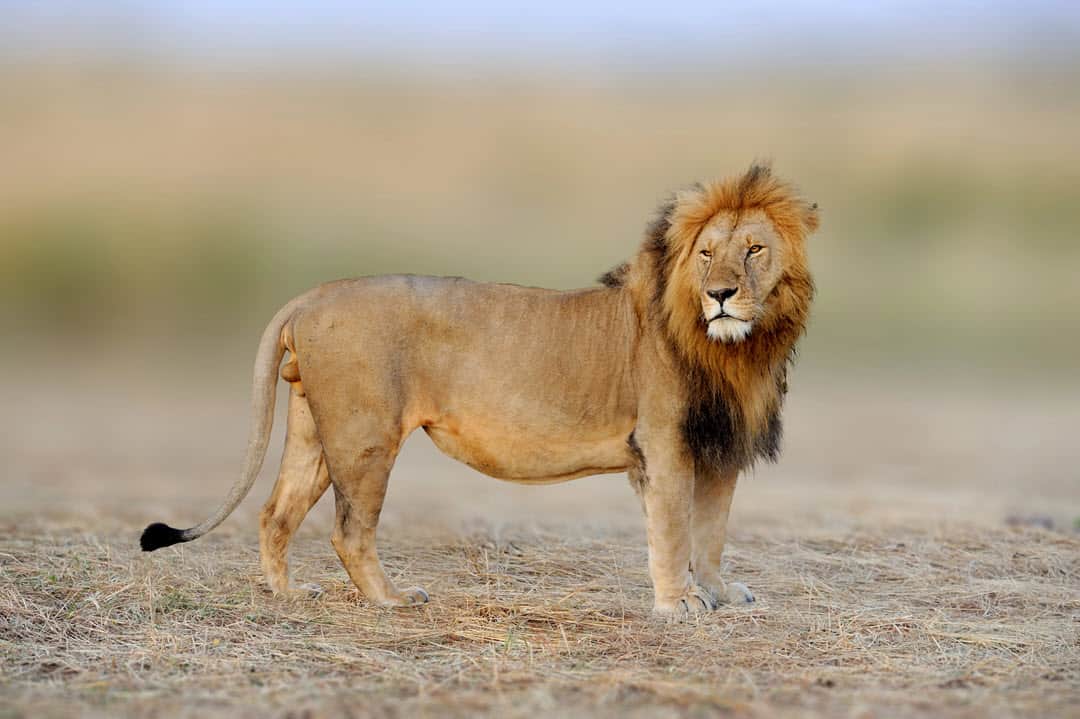
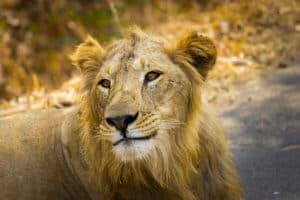
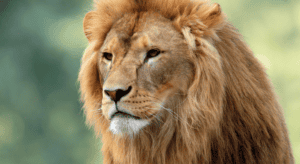
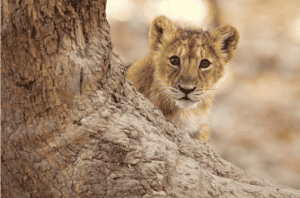
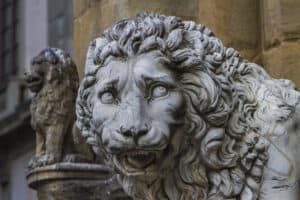
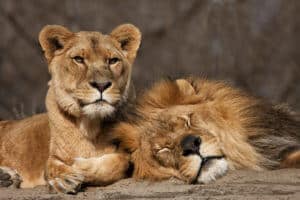

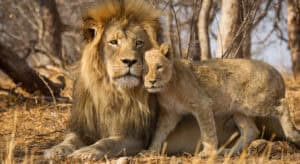
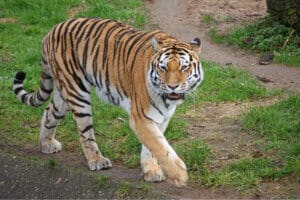
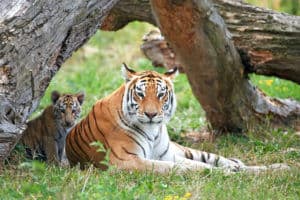
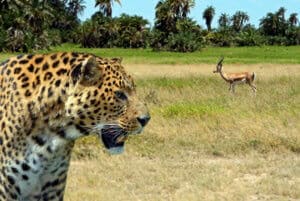
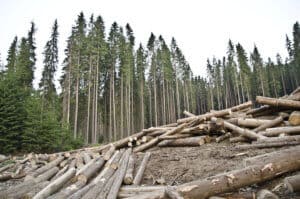
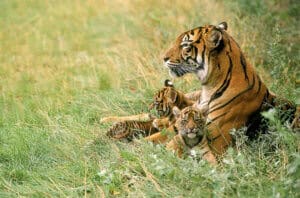
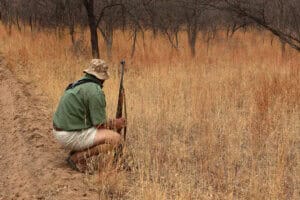
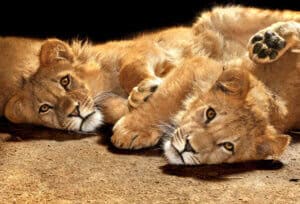
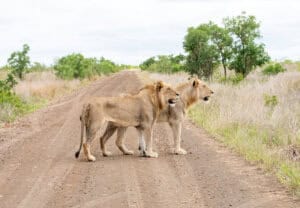


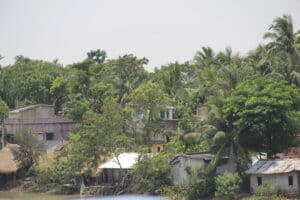
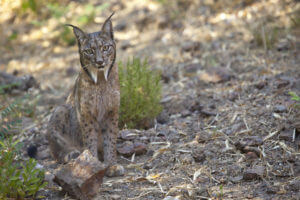
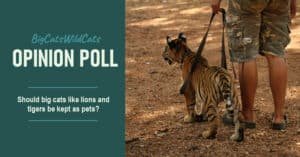
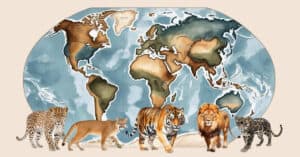
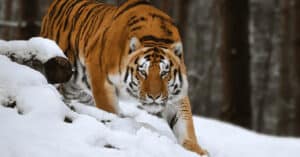
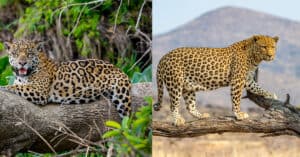
0 Comments